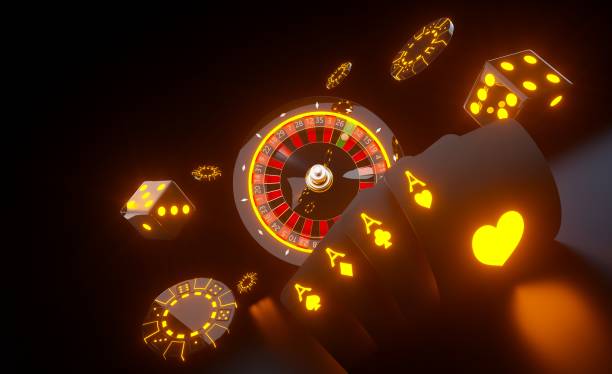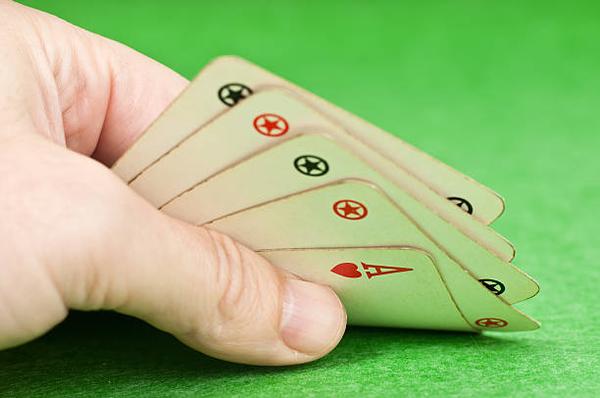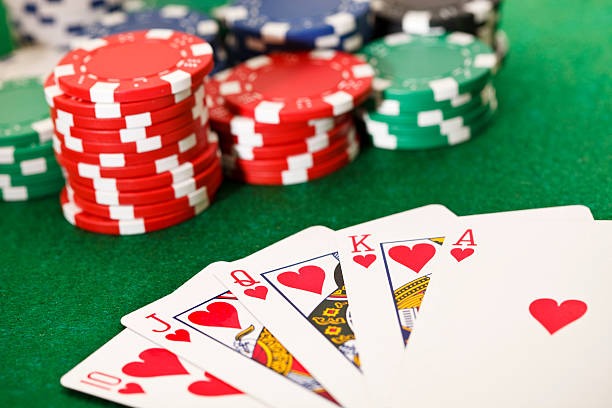
Online Poker Bluffing: How to Read Opponents and Stay Unpredictable
Bluffing in poker involves risk. Only bluff when the potential reward is high enough to justify the risk. Achieving this requires a balance between bet size and bluffing frequency.
Consider your opponent’s image and tendencies as well as their betting patterns. They will give clues about their strength. Pay attention to body language, as this can also provide information on whether a player is bluffing.
How to Bluff in Online Poker
When done correctly, bluffing is one of the most effective tools at your disposal when playing poker online. It not only showcases your skill level but also makes you a tough opponent to play against. However, the problem with bluffing is that you never know for sure whether your opponent has a strong hand or not. This uncertainty can be a challenge to deal with when deciding on what to bet, but there are techniques you can use to make it easier to spot bluffs and prevent them from calling you.
For starters, it’s important to understand your opponents’ perception of bluffing. Some players will be biased against you for bluffing too much, while others might think you don’t bluff enough. In both cases, it’s important to pay attention to what they are doing and note their tendencies. This will help you identify their strengths and weaknesses and improve your decision-making.
Another key point to consider is the frequency of your bluffs and value bets. You want to balance your frequency of bluffs and value bets to create an optimal scenario for yourself. This will ensure that your opponents call at the correct frequencies to make your bluffs profitable, while still folding when you have a good hand. The best way to achieve this is through semi-bluffing, which involves betting with a hand that has low showdown value on the flop or turn but has the potential to improve to a stronger one on future streets.
Online Poker Strategy
There are a few things to consider when you’re bluffing in online poker. Firstly, you’ll need to pick your bet sizes wisely. Ideally, you should use the k8vn21same bet sizing for your value hands and your bluffs. This will make it more difficult for your opponents to figure out what you’re trying to do.
Another thing to keep in mind is your table image. If you’re perceived as a tight player, your bluffs will likely be called more often. Conversely, if you’re a wild player who throws around chips like a drunken sailor, your bluffs will probably be unsuccessful.
Finally,k8 it’s also important to take your opponent’s history into account. If they’ve been getting hammered recently, or if they’re close to breaking even, they may be more inclined to call your bluffs.
Bluffing is a vital part of any poker strategy, and it should be incorporated into your game at all stakes. However, the type of bluffing you should be doing will change as the stakes increase. For example, deepstack cash games will require different bluffing concepts than shortstack tournament play. Additionally, the number of players in a hand will also play a role. Generally, it’s better to bluff more against weaker players than against stronger ones. This is because strong opponents will usually fold to your bluffs.
Poker Bluffing Tips
Having the right poker Bluffing tips can make your game more profitable. One of the most important is position. You want to bluff against players in late positions, as they will be less likely to call your bets. Another tip is to use the size of your bet to signal strength or weakness. A small bet implies that you have a strong hand, while a large bet signals that you are weak. It is also crucial to pay attention to your table image and take into account how other players perceive you. If you are perceived as a tight player, your bet sizes will be more often believed as representing strength, while if you are viewed as a wild man your bluffs may fail.
Choosing the right opponents to bluff against is also critical. Avoid bluffing against players who are experts or brain dead, as they will quickly realize that your bluffs are not genuine. Instead, you should aim to bluff against players who are likely to call your bets because they have a weak or average hand.
Finally, it is a good idea to only bluff when you have the best odds of success. This means that you should only bluff when you have more than 20% of your opponent’s chips. It is also a good idea to avoid bluffing when your opponent has a strong range, as this will increase the chances that they will call your bets.
Bluffing Techniques for Poker
There are various techniques for bluffing in poker, depending on the situation and opponent. Some methods require greater observation of opponents and game dynamics than others, while some bluffing tactics are more psychological.
One of the most important factors in successful bluffing is choosing the right opponent to target. Generally, you want to target players that are unlikely to call your bet with a strong hand. This can be determined by analyzing the actions of your opponent and board texture. In addition, you should consider their reaction to your bluffs, as this can be an excellent indicator of their emotional state.
Your table image also plays a significant role in your success as a bluffer. Creating a consistent table image can make your opponents believe that you only bet with strong hands, making it easier for you to successfully bluff them.
Observe your opponents’ betting patterns and make adjustments to your bluffing strategy based on their tendencies. Tight players are more likely to fold to your bluffs, while loose players may be more inclined to call.
The size of your bet is another important factor in bluffing in poker. Some players like to bet large when bluffing, believing that this will make their opponents less likely to call. In contrast, some players prefer to bet small with their value bets, hoping that they can win the pot without calling your bluffs.



